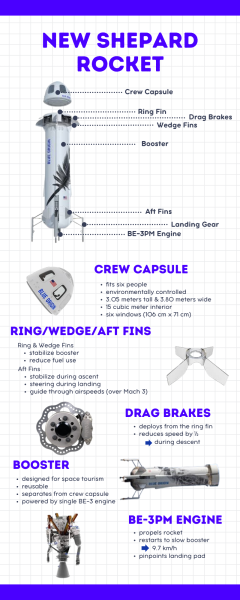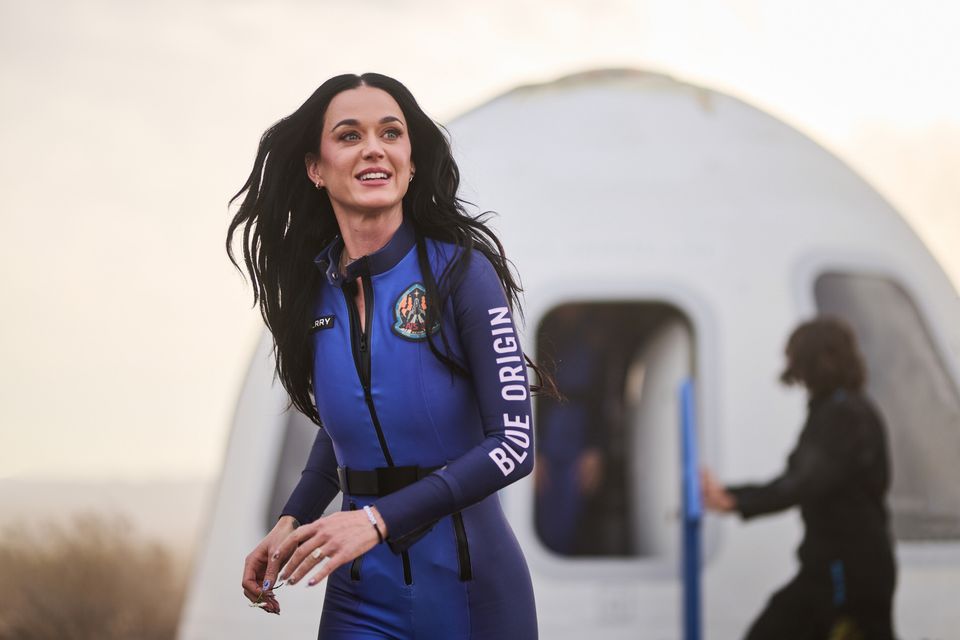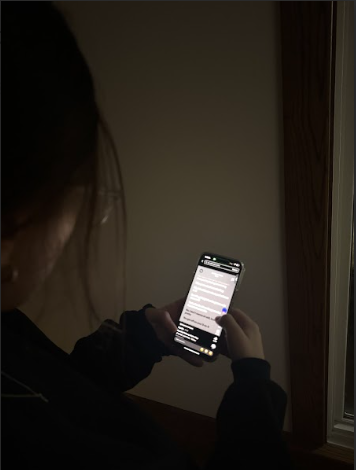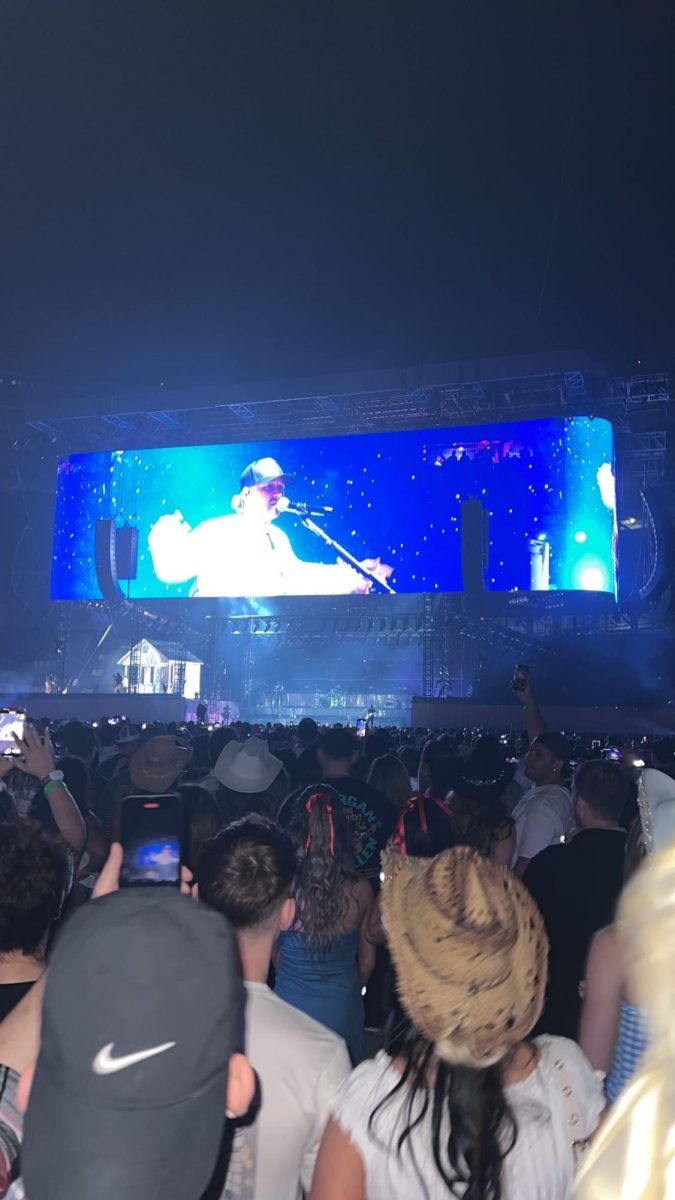In a historic blend of pop culture and innovation, Grammy-nominated recording artist Katy Perry became the first major music artist to travel to space on April 14. Entrepreneur Jeff Bezos’ private space company, Blue Origin, spearheaded the journey, NS-31, featuring an all-female crew.
The six-member crew included Perry, reporter and Bezos’ fiancée, Lauren Sánchez, TV personality Gayle King, aerospace engineer Aisha Bowe, civil rights activist Amanda Nguyen, and film producer Kerianne Flynn. The team passed the Kármán line — 62 miles (100 kilometers) above Earth — exceeding the scientifically recognized boundary of space.
While the journey lasted just 11 minutes, the mission represented technological advancements and growing efforts to diversify the space industry. Blue Origin’s New Shepard rocket, named after astronaut Alan Shepard, is designed for suborbital space tourism. It features an autonomous flight system and reusable components, marking this trip as an important milestone in making space travel more sustainable.
Bowe, a former NASA rocket scientist and founder of STEMBoard, was a central figure in the mission. Her presence on the flight highlighted the importance of experts in high-profile missions.
“There are so many limitations put on people that are based on nothing other than convention. I hope my work helps women and girls somewhere to expand what they think is possible. And I hope it helps society expand what they think is possible for us,” Bowe said in an interview with Logitech.
All six crew members wore custom flight suits made by Monse, tailored specifically for women, a nod to the growing conversation around space, technology, and gear that fits all body types. The capsule also included scientific equipment to measure microgravity effects and other environmental data, part of Blue Origin’s ongoing data collection to support future missions.
Before lift off, the crew underwent training in zero gravity, simulations, emergency drills, and flight procedures. While Perry is best known for her music, she approached the training with discipline and focus.

Sophomore Manali Patel said, “I saw some videos of [Perry] training for the flight. I never realized that it took so much dedication.”
The mission’s educational component extended past the six women on the flight. Blue Origin partnered with various nonprofit organizations in STEM to host events for schools, encouraging an interest in science and space among young girls.
Still, the mission drew mixed reactions from both the public and celebrities. Some critics called it a publicity stunt, pointing to the brief nature of the flight and the inclusion of celebrities. Others raised environmental concerns about rocket emissions for a non-exploration-related trip. Supporters argue that the mission’s symbolic value, especially for young women interested in science and engineering, is the largest takeaway.
”At first, I didn’t understand the point of such a short and unimportant flight. I was so confused as to why Katy Perry was involved. Then, I realized that it was an all-female flight, promoting women in STEM and sexual assault advocacy,” sophomore Alice Levi said.
As Blue Origin and other private companies continue to expand space tourism, missions like NS-31 reflect a shifting standard for space travel. Space is not just for scientists, but for educators, activists, and all industries alike, promoting the idea that anyone is capable of succeeding in STEM. As more diverse figures step aboard rockets, the next generation of scientists and innovators begins to see themselves among the stars.









